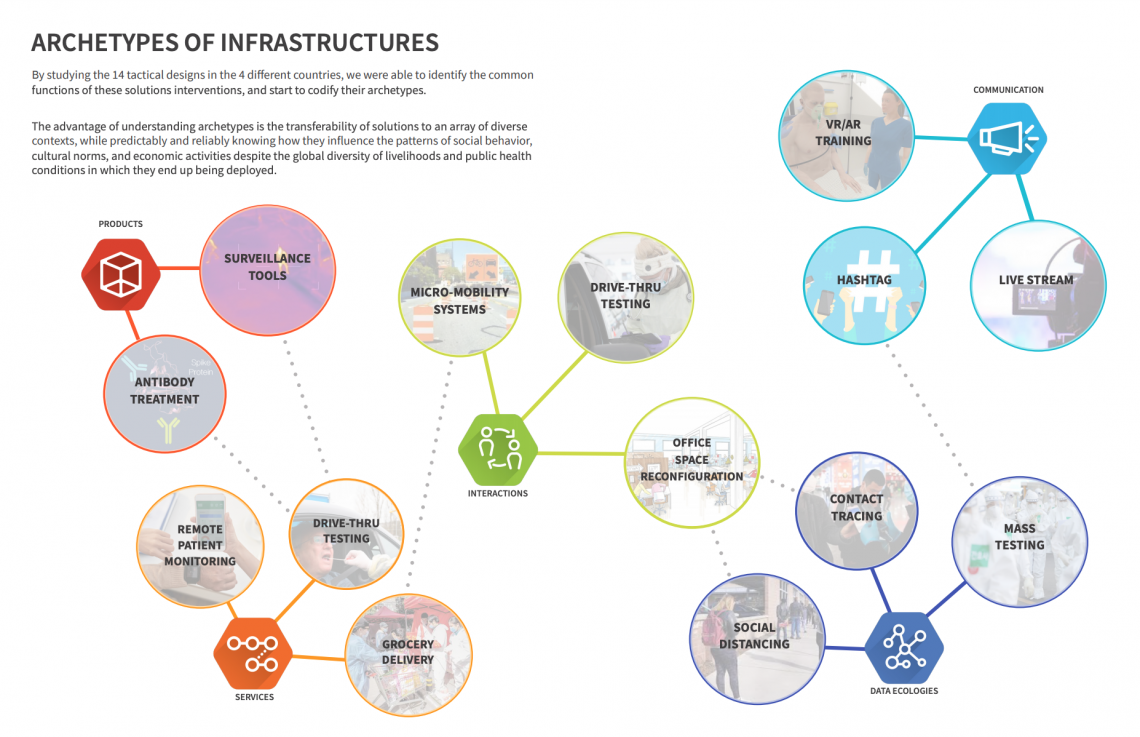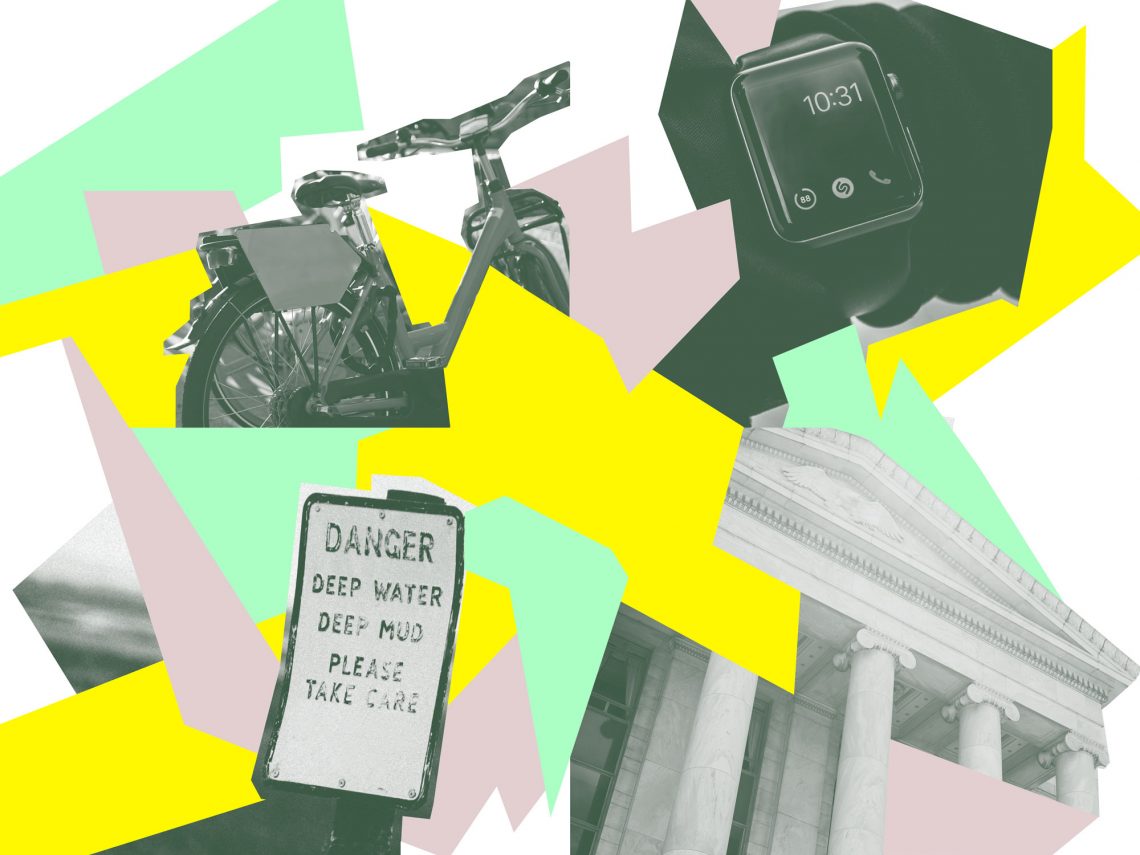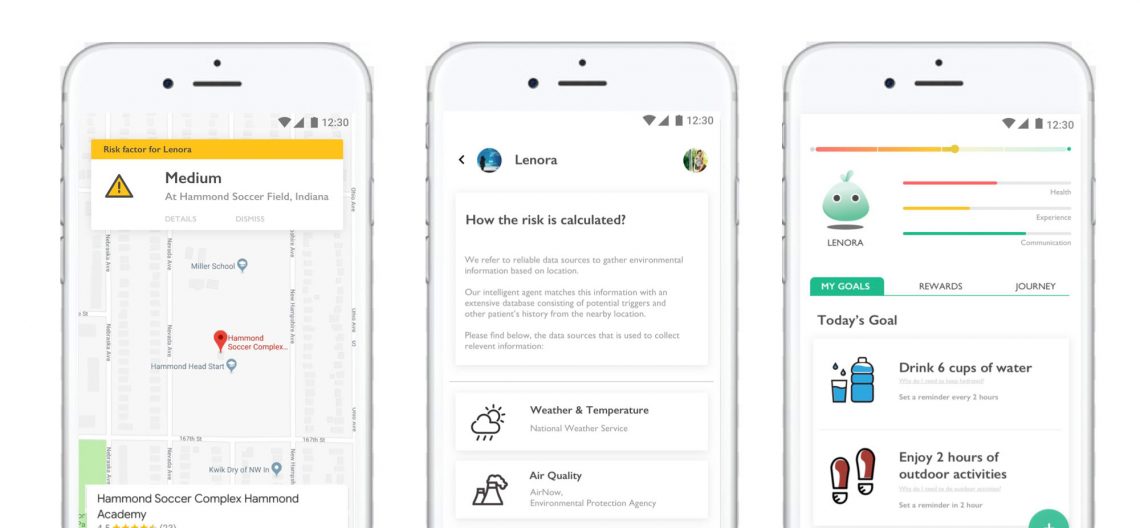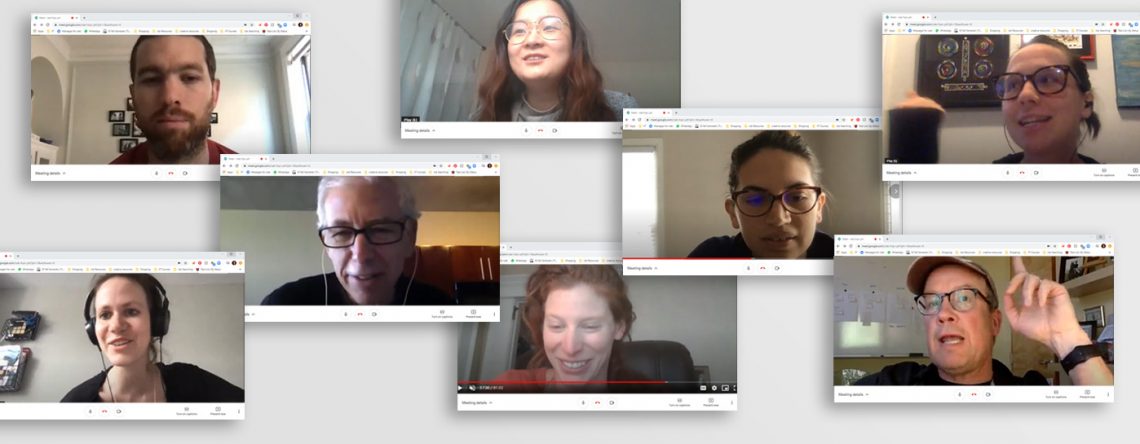
As the COVID-19 pandemic hit the world in early 2020, it turned the lives of billions upside down and necessitated the rapid response of governments, corporations, and medical professionals the world over. It also offered ID students and researchers the opportunity to study those responses in real time.
Tactical design practices identify and leverage patterns and logics within the resources of a given situation and its infrastructures—here, drive-through testing, grocery delivery, remote patient monitoring, and contact tracing—to iteratively generate new solutions to existing problems.
To create systems that would both a) mitigate the negative impacts of living in a pandemic environment in the short term and b) build more resilient and equitable infrastructures in the long term, students first sought to understand the current picture.
For this project, ID students looked at four different nations and their respective responses to the pandemic during spring 2020: China, Italy, South Korea, and the United States. They examined the infrastructures that emerged in these countries in response to the pandemic and identified their “archetypes,” or whether an infrastructure could be considered a product, service, interaction, communication, or data ecology.

“The pandemic is a global phenomenon having multiple variations according to local conditions,” says Teixeira. “We needed to find a ‘unit of analysis’ that would be applicable to all different developments that were happening around the world. Using archetypes allowed us to compare design solutions that were being tried and developed in different places and circumstances.”
From there the designers were able to extrapolate emerging strategies and imperatives to consider in the implementation of future systems. The study revealed that the intelligent integration of infrastructures and the design of their components is critical to dealing with pandemics.
“A unique potential of tactical design that we explored is the combinatorial possibilities of new and emerging infrastructures which can generate a new portfolio of solutions that leverage existing assets and capabilities of organizations,” says Azra Sungu (PhD 2022), the team leader for this project. “For instance, students proposed an integration of widespread biometric screening practices with data ecologies for contact tracing to enable informed decision-making toward selective lifting of stay-at-home orders.”
Additionally, on a global scale, designers are dealing with a diverse populations, and not all infrastructures are fit to suit their differing needs. Governments, health care providers, businesses, and other organizations will need to iteratively develop new interventions to address the needs of their diverse constituencies.
As the pandemic continues, the ID group will continue to monitor the systems put in place to mitigate its effects. The team’s goal is to form a robust portfolio of solutions for these organizations in the case of a future pandemic.
“We are monitoring the developments of these archetypes and trying to understand which will be temporary emergency solutions and which will emerge as new infrastructures long-term,” says Teixeira. “We keep looking at the news, talking to our corporate partners, and analyzing the latest developments to monitor the trajectory of innovations in our infrastructures and how design is contributing to these trajectories.”


